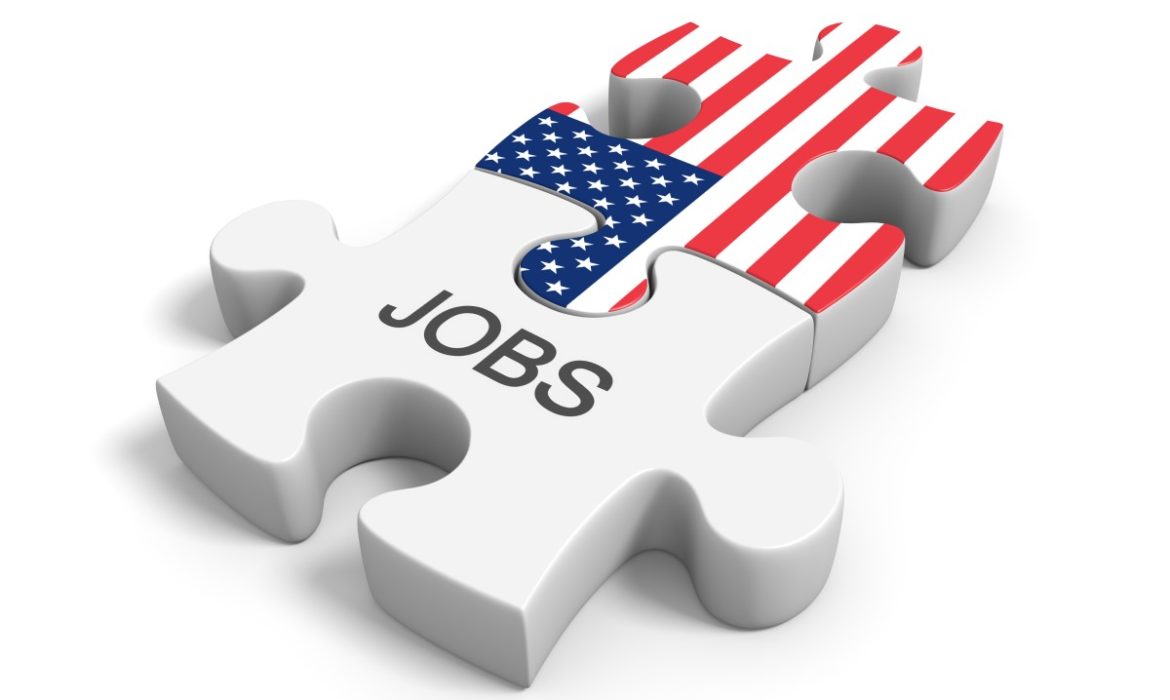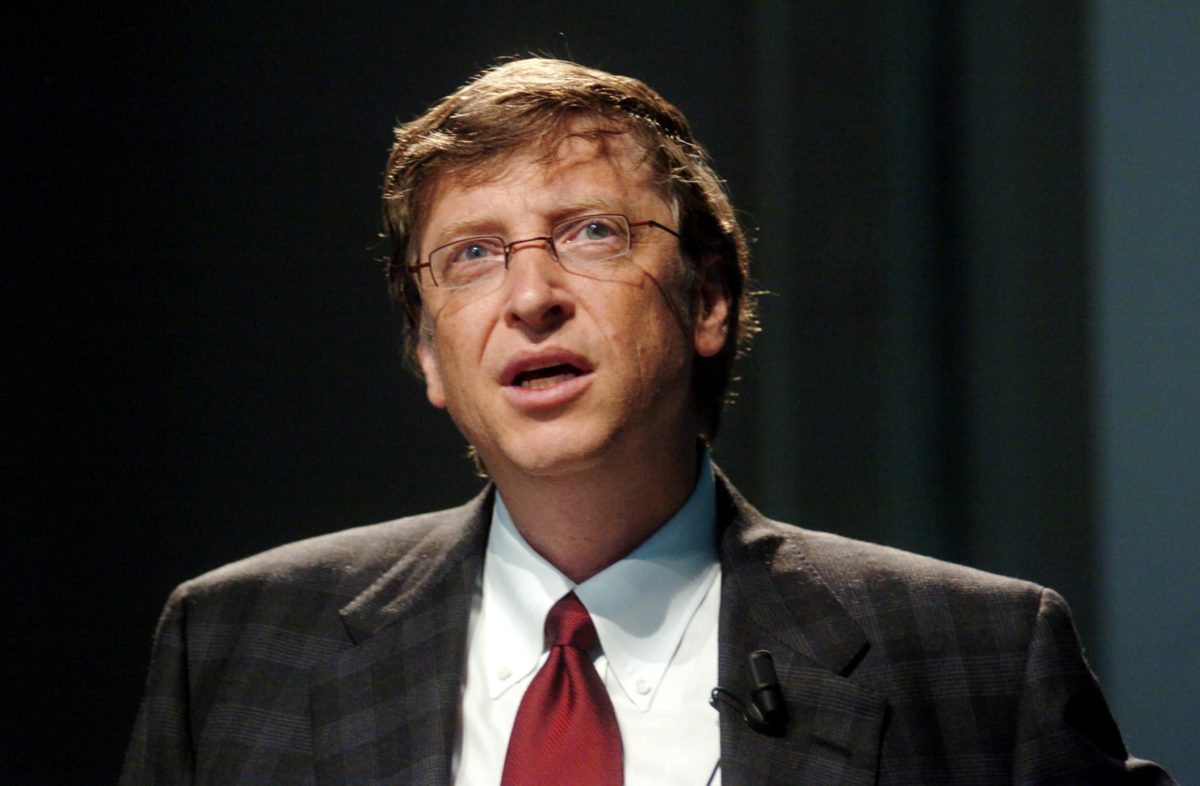The COVID-19 economic freeze can cost 47 million jobs. Moreover, according to St. Louis Federal projections, it can send the unemployment rate past 32%. According to the analysis, there are nearly 67 million Americans that work in jobs that are at a high risk of layoffs. James Bullard is St. Louis Federal President. Last week, he said that the initial estimates are grim; nevertheless, the plunge must be short-lived.
Due to the coronavirus crisis, millions of Americans already lost their jobs. According to the Federal Reserve estimate, the worst of the damage is yet to come.
The Fed’s St. Louis district economists project unemployment reductions totaling to 47 million. According to a recent analysis of how bad things can get, it would translate to a 32.1% unemployment rate.
St. Louis Fed President James Bullard publicized the projection estimate of 30%. Nevertheless, the reality is much worse. The numbers are reflecting the high nature of at-risk jobs that can ultimately be lost to a government-induced economic freeze. The freeze is aimed to halt the coronavirus spread.
Miguel Faria-e-Castro is the St. Louis Fed economist. Last week, he published a research paper. There he wrote that there are huge numbers by historical standards. Nevertheless, those are a single shock that is unlike any other experience in the last 100 years by the United States economy.
There are some important caveats to which Faria-e-Castro refers to as “back-of-the-envelope” calculations. It means that they do not account for workers who might drop out of the labor force. Thus, it brings down the headline of the unemployment rate. Moreover, they don’t estimate the recently passed government stimulus’ impact. It will subsidize companies for not cutting staff and extend unemployment benefits.
Unemployment Problem
However, the situation already looks bleak.
For the week ending March 21, a record 3.3 million Americans filed initial jobless claims. Dow Jones survey economists that forecast the additional 2.65 million jobless claims to add this week. Friday’s nonfarm payrolls count for March is forecasted, showing a decline of just 56,000. Nevertheless, that is because of the statistical distortion due to the sampling period. The sampling period happened before the government implemented practices of social distancing.

Fed research showed 66.8 million workers in occupations with high layoff risk. Thus, the central part of Faria-e-Castro’s compilations comes from that previous. They are services, food preparation, production and, and sales. Moreover, other researchers identify 27.3 million people working in high contract intensive jobs. Those jobs include food and beverage services, airline attendants, stylists, and barbers.
Afterward, the paper took an average of the workers and an estimated more than 47 million positions. It means that the United States unemployment rolls to 52.8 million. Or, in other words, more than three times worse than the Great Recession peak. The thirty percent rate of unemployment will top height of the Great Depression peak of 24.9%.
The one bright side can be the likelihood of the downturn to be comparatively brief.
Last week, Bullard had an interview with the CNBC, where he said that the jobless rise would be unparalleled.
Let’s see how the United States will handle the unemployment issue.
- Check-out Myforexnews comprehensive Review on FBS Inc













